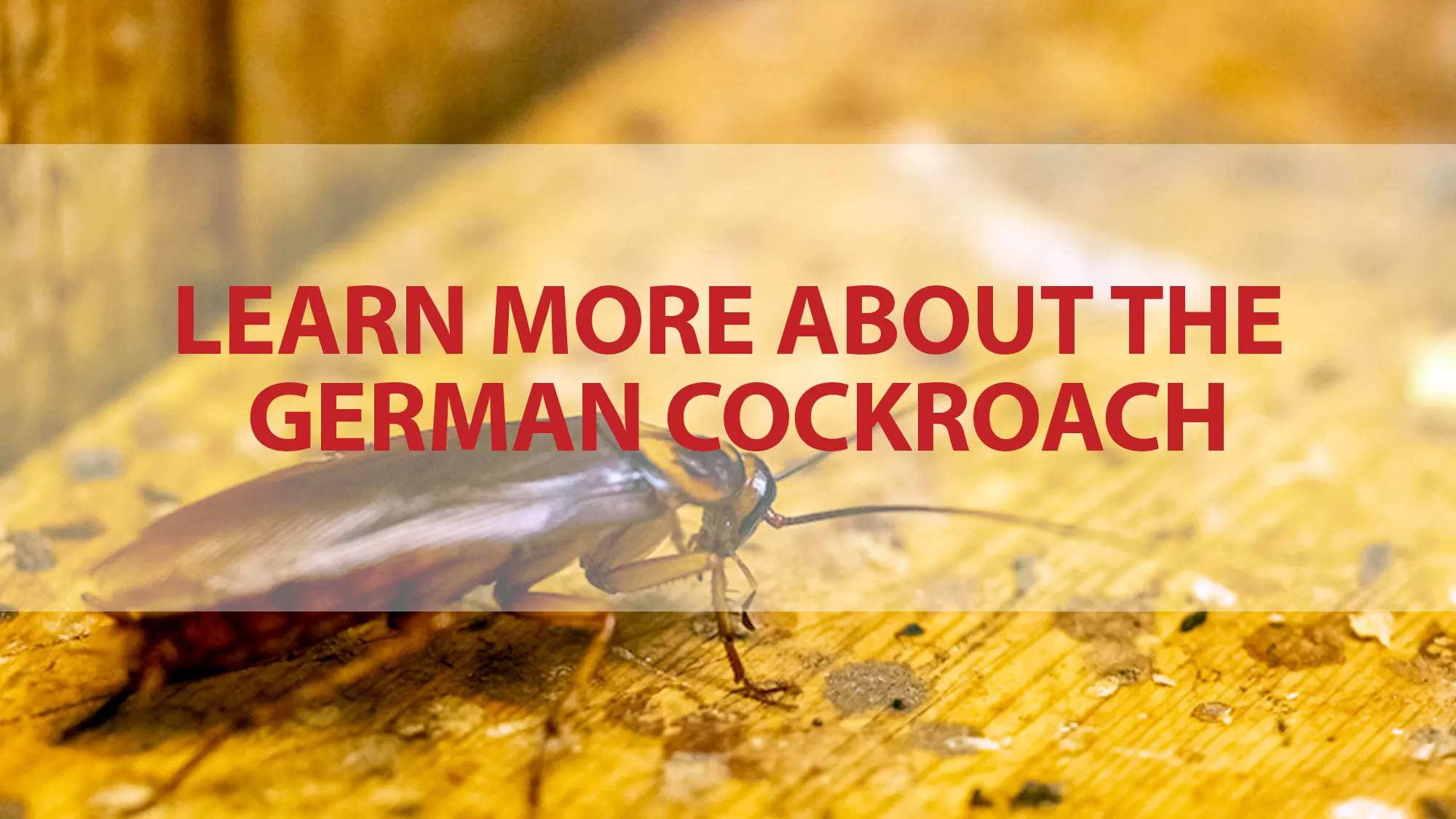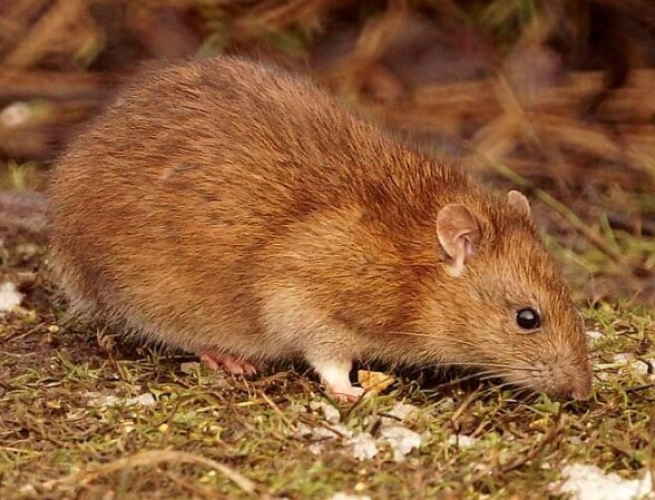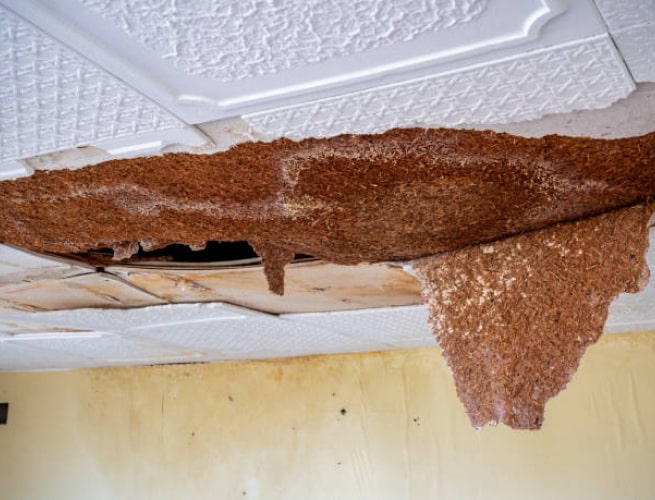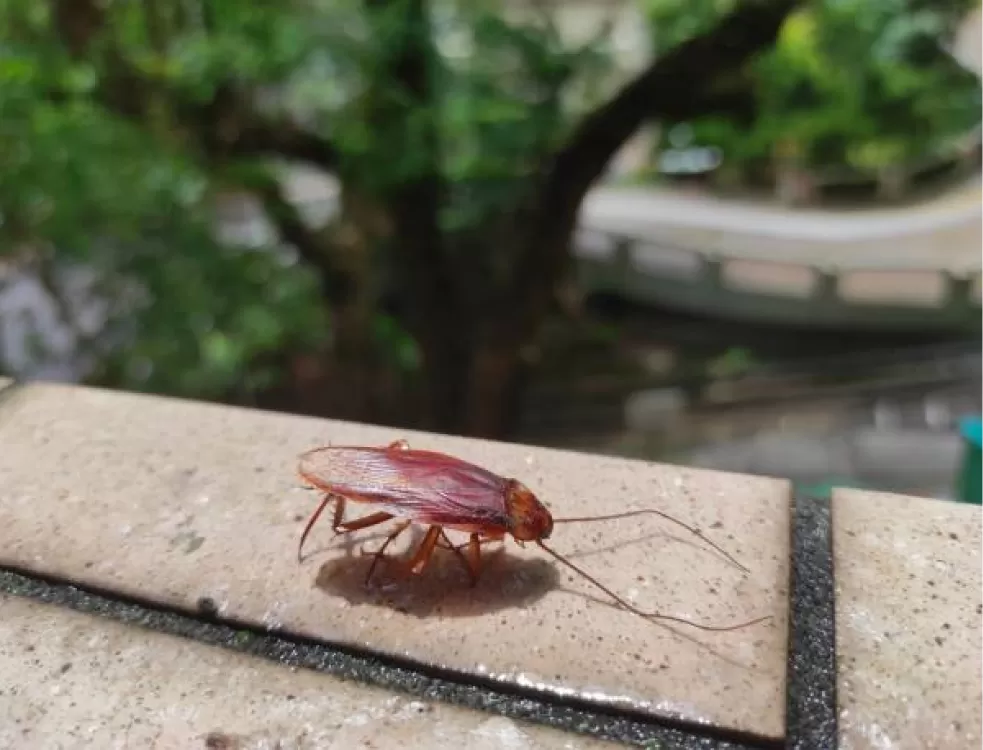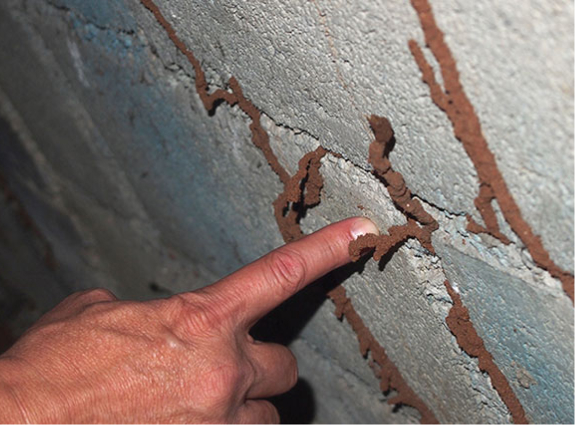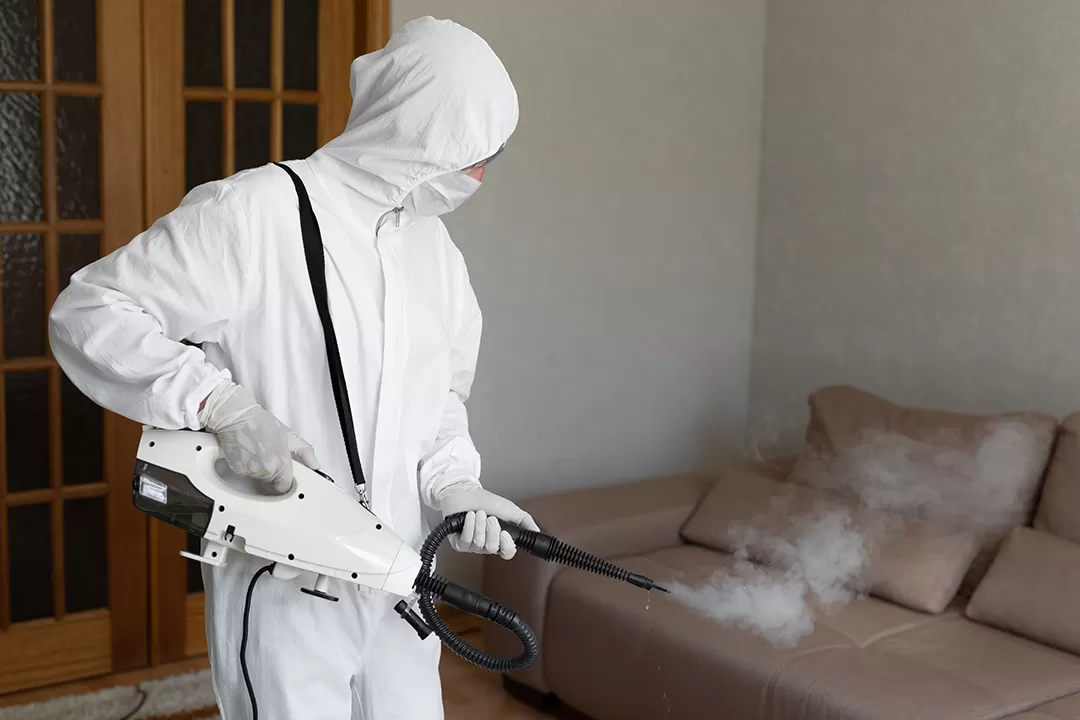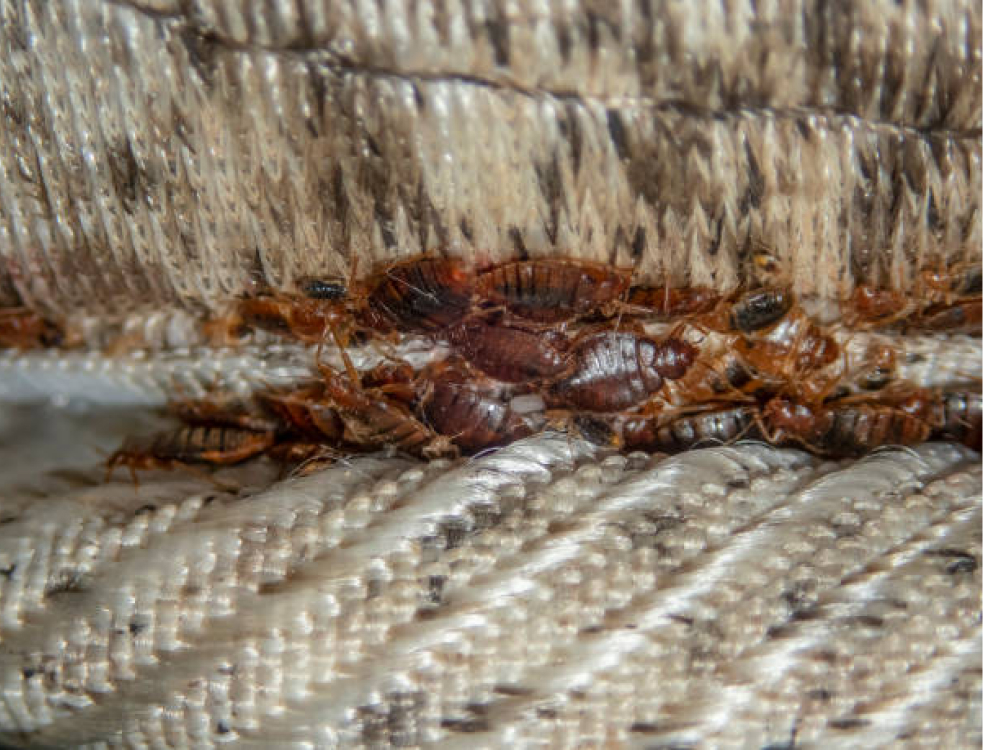Cockroaches are among the most reviled pests on the planet, and one of the most notorious of them all is the German cockroach (Blattella germanica). These small but formidable insects are infamous for their ability to infest homes and businesses, causing all sorts of problems. In this blog, we will delve deeper into the world of the German cockroach, exploring its characteristics, habits, and how to effectively deal with an infestation.
Physical Characteristics
German cockroaches have several distinctive physical characteristics that set them apart from other cockroach species:
- Antennae: They have long, slender antennae that are often as long as or longer than their bodies. These antennae are highly sensitive and help them navigate their environment.
- Flat Bodies: German cockroaches have flat bodies that enable them to squeeze into tight spaces, making them especially adept at hiding.
- Colour Variation: While they are typically light brown to tan, German cockroaches can vary in colour. Depending on their diet and environmental factors, they may appear darker or lighter.
Habitat
German cockroaches are well-adapted to specific living conditions:
- Preference for Warmth: These cockroaches thrive in warm, humid environments. They are most active and reproduce prolifically at temperatures ranging from 70 to 85 degrees Fahrenheit. This preference for warmth is why they are commonly found in indoor spaces.
- Indoor Dwellers: Unlike some other cockroach species that can survive outdoors, German cockroaches are primarily indoor pests. They are drawn to human-made structures such as homes, restaurants, hotels, and commercial kitchens. Indoors, they find readily available sources of food, water, and warmth.
Behavior and Diet
Understanding the behaviour and diet of German cockroaches can help in prevention and control efforts:
- Nocturnal Activity: German cockroaches are primarily nocturnal, which means they are most active at night. They emerge from their hiding places to search for food and water under the cover of darkness. During the day, they prefer to remain hidden in cracks and crevices, making them elusive pests.
- Omnivorous Appetite: These cockroaches are scavengers with a voracious appetite. They will eat almost anything, which makes them adaptable and challenging to control. Their diet includes starchy and sugary foods, but they are not limited to these. They will also consume decaying organic matter, grease, soap residue, and even materials like cardboard.
- Cannibalistic Tendencies: In overcrowded conditions or when resources are scarce, German cockroaches may exhibit cannibalistic behaviour, preying on weaker or injured individuals.
Reproduction
The reproductive rate of German cockroaches is one of the factors that make them such formidable pests:
- Rapid Reproduction: During her lifetime, a female German cockroach can produce several egg cases, each containing 30-40 eggs. These egg cases, known as oothecae, are carried by the female until the eggs are ready to hatch.
- Short Development Time: It takes just a few weeks for the eggs to hatch into nymphs, and these nymphs mature into adults in a matter of months. With such a short life cycle and large numbers of offspring, a cockroach infestation can quickly escalate.
Health Risks and Concerns
German cockroaches are not just a nuisance; they can pose significant health risks, which should be taken seriously. Here are some additional points to consider:
- Respiratory Issues: In addition to allergies, cockroach allergens can exacerbate respiratory conditions such as asthma. People with asthma may experience more frequent and severe symptoms when exposed to cockroach allergens.
- Bacterial Contamination: German cockroaches are often found in unsanitary environments, which can lead to the spread of harmful bacteria. They can pick up bacteria on their legs and bodies and then transfer them to surfaces and food. Some of the bacteria they may carry include Salmonella and E. coli, which can cause serious foodborne illnesses.
- Worsening Allergic Conditions: Exposure to cockroach allergens can lead to the development of new allergies or worsen existing ones. Children, in particular, are vulnerable to developing allergies and asthma due to long-term exposure to these allergens.
- Skin Irritation: Cockroach infestations can result in skin irritation for some individuals. This irritation can occur when cockroaches come into contact with the skin or when their allergenic proteins are present in dust and air.
Prevention and Control
Prevention and control are key when dealing with German cockroach infestations. These resilient pests can quickly multiply and become a persistent problem if not addressed promptly. Let’s delve deeper into the prevention and control measures mentioned:
Maintain Cleanliness:
- Regular Cleaning: German cockroaches are attracted to food sources and moisture. Therefore, you should regularly clean your living or working spaces, paying particular attention to areas where food is prepared and stored, such as kitchens, pantries, and dining areas.
- Food Storage: Store food in airtight containers, both in your pantry and refrigerator. Make sure to clean up crumbs and spills promptly.
- Pet Food: If you have pets, don’t leave their food out overnight. Roaches are known to be attracted to pet food dishes.
Seal Entry Points:
- Inspect Your Home: Conduct a thorough inspection of your home or business to identify potential entry points for German cockroaches. Look for cracks and crevices in walls, floors, cabinets, and even around pipes and vents.
- Seal Gaps: Use caulk or sealant to close up any gaps or cracks you find. This not only prevents cockroaches from entering but also improves insulation and energy efficiency.
Remove Clutter:
- Declutter Your Space: Clutter provides hiding spots for German cockroaches. By decluttering your living or working areas, you eliminate potential hiding places. Pay attention to basements, storage areas, and other places that tend to accumulate clutter.
- Dispose of Cardboard: Cockroaches are known to hide in cardboard boxes. Consider replacing cardboard storage containers with plastic ones that are more difficult for them to infest.
Professional Pest Control:
- Early Detection: If you suspect a German cockroach infestation or have observed signs of their presence, it’s crucial to act promptly. Early detection can prevent the problem from escalating.
- DIY vs. Professional: While there are over-the-counter pest control products available, dealing with a German cockroach infestation is often best left to professionals. Pest control experts have the knowledge, experience, and access to more effective treatments.
- Integrated Pest Management (IPM): Professionals often use Integrated Pest Management strategies, which combine multiple approaches, including sanitation, exclusion, and targeted pesticide application. This holistic approach aims to reduce pest populations while minimizing the use of chemicals.
- Follow-up Inspections: After treatment, follow-up inspections and preventive measures are essential to ensure the cockroach infestation does not return.
Conclusion
The German cockroach may be small, but its ability to infest and reproduce rapidly makes it a formidable household pest. Understanding its habits, behaviour, and preventive measures is essential for keeping your living or working spaces cockroach-free. With proper hygiene and timely intervention, you can effectively manage and eliminate German cockroach infestations, ensuring a healthier and more comfortable environment.
However, it’s important to recognize that sometimes the battle against German cockroaches can be challenging, especially if an infestation has taken hold. This is where a professional pest control company can be invaluable. Pest control experts bring a wealth of knowledge and experience to the table, allowing them to assess the extent of the infestation accurately and tailor a solution to your specific needs.

